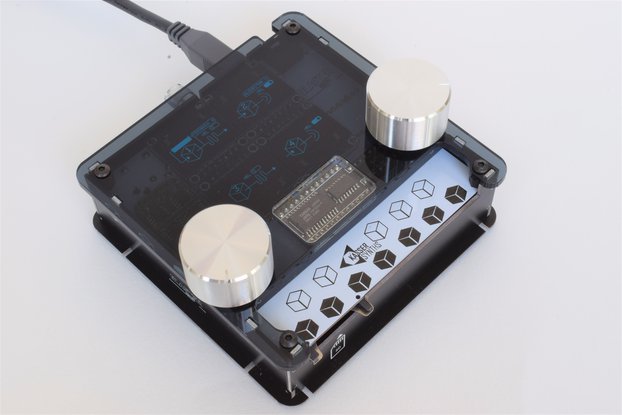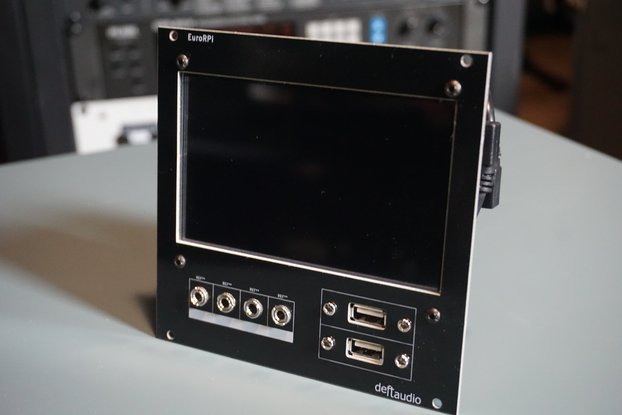Resonant bandpass audio filter with eardrum-shredding capabilities.
Designed by YoMoCircuits in United Kingdom
This product is no longer available for sale.
The seller may be offering an improved version or it may be hanging out on the beach, enjoying the retired life.

$269.99
Free Shipping!

$116.10 $129.00
Free Shipping!

$25.00
Free Shipping!

$45.00
Free Shipping!
There's insufficient traffic to justify keeping this store running - please use my Etsy store instead.
What is it? These are leftover PCBs from a run of boards I had made for a multi-feedback resonant bandpass filter for my Eurorack modular synth. This is the first iteration of the board, which used t…
Read More…These are leftover PCBs from a run of boards I had made for a multi-feedback resonant bandpass filter for my Eurorack modular synth. This is the first iteration of the board, which used through-hole components - now I've transitioned to using SMD for all my designs.
This is a fairly simple design using commonly sourced components - the pots can be any type that have a footprint the same as that as Alpha or Song Huei pots, or you could use flying leads to panel mount something instead. Similarly, Erthenvar style jacks are used although if you're prepared to do a bit of flying wiring you can use whatever you like. The power connector is the standard 2x5 Eurorack header.
Choice of op-amp is up to you - TL072s work for me, but anything pin-compatible will do. I'd argue that if you go for super high-fidelity components in the build then you're missing the point a bit.
I like filters - there's something magical about the effect that an op-amp and a bunch of passives can have on a sound; with a handful of components you can make something sound pretty unique. Whilst resonant low-pass filters are dime a dozen, resonant bandpass filters are a bit thinner on the ground so there was a little niche there just waiting to be filled.
It screams.
Really, it does - whereas most filters will use a dual gang pot to control cutoff frequency I have chosen to use two discrete pots instead. This gives a far bigger sound palette and, coupled with the fact that the filter will self-oscillate with the resonance turned all the way up, means it's far more versatile than you'd imagine such a straightforward design to be.
The characteristics of the filter will depend a lot on your choice of components - the ones I use in my personal system use 1M linear pots for the cutoff and a 1k linear pot for the resonance. Along with some 0.1uF film capacitors this gives a nice, wide range of sounds and the filter will self-oscillate with the resonance filter at around the 2 o'clock position.
You can hear it in action here.
By clicking Register, you confirm that you accept our Terms & Conditions
We recognize our top users by making them a Tindarian. Tindarians have access to secret & unreleased features.
We look for the most active & best members of the Tindie community, and invite them to join. There isn't a selection process or form to fill out. The only way to become a Tindarian is by being a nice & active member of the Tindie community!
